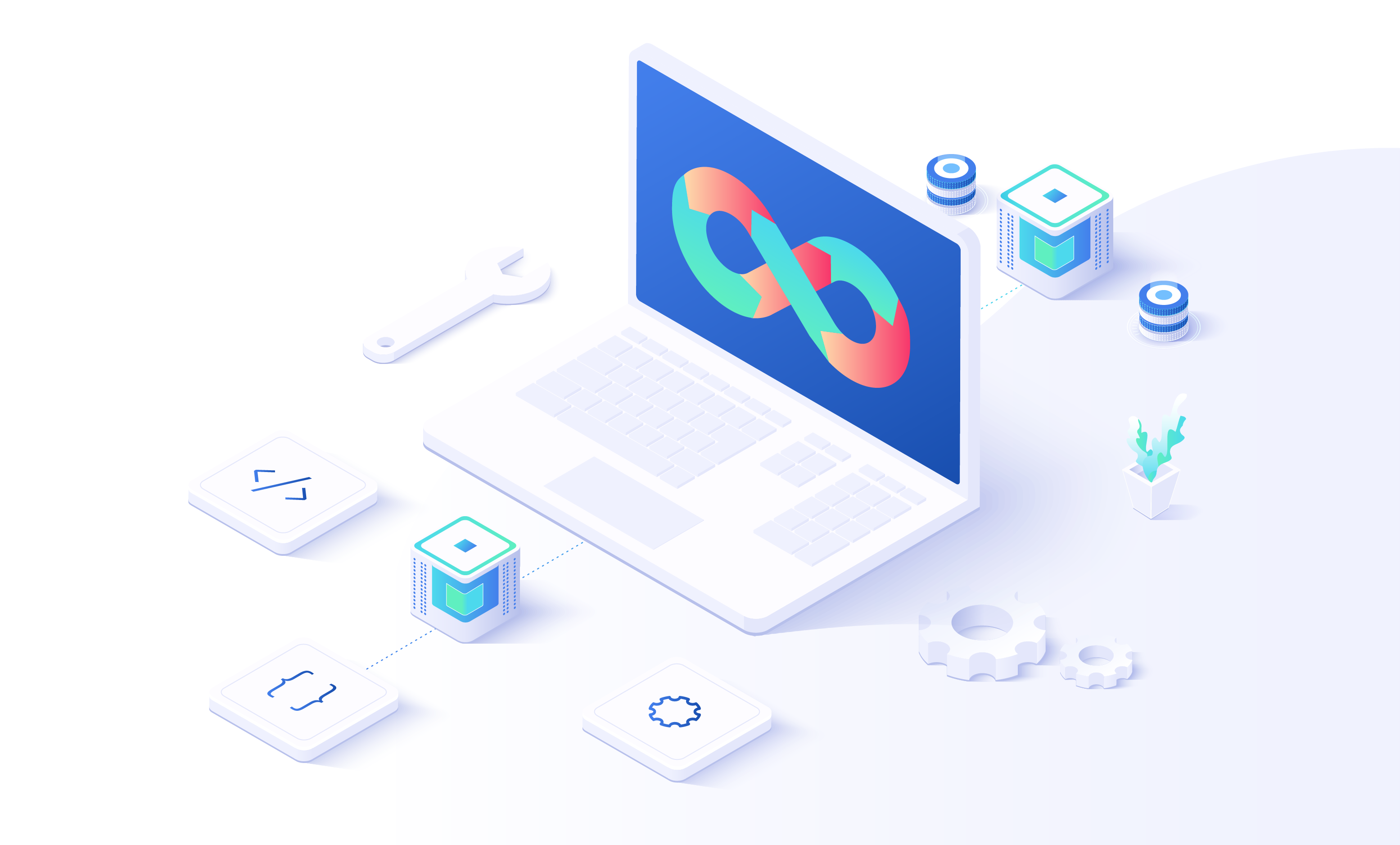Web apps are having a breakout moment in 2021. All of the time, money and attention going into areas such as speed, UX and security are accumulating to ensure that web app development remains one of the hottest areas of web dev right now.
We looked at some of the hottest trends in the world of web apps and chose five that we see changing the landscape for the long haul.
Why Web Apps Matter for Your Business
But first, just a quick reminder first of what exactly we’re talking about with web apps: A web app is software that runs on a web browser, as opposed to computer-based software you download onto the operating system of your device. You don’t have to download or install it on your mobile or desktop to use it. Think Gmail, streaming services like Netflix, photo-editing software such as Pixlr, and heck, even Facebook for good examples of web apps.
Web apps are far cheaper and easier to develop than regular apps, they can be updated regularly at the source without needing user interaction, and they take the sophisticated technology burden off the user. All you really need is a decent browser and an internet connection to get connected and interacting.
Those are just a few reasons why web application development is skyrocketing around the world, and it explains many of the web app trends that we’ve seen thus far in 2021.
5 Important Web App Trends of 2021
If you’re thinking about building your own web app, there are a few things to take into consideration. Let’s take a look at some of the broader trends in web apps that have emerged recently — and where they are likely to lead in the future.
1. Smarter Chatbots
The chatbots of today are smarter, more responsive and more “human” than they were just a few years ago, thanks in large part to impressive progress in ML (machine learning) and NLP (natural language processing).
In a basic sense, a chatbot is a software application that mimics the way humans speak and write. They are often deployed to guide users through simple processes in the customer service space but they are becoming so much more. For example, there are companies out there today experimenting with chatbots to provide companionship and answers to people suffering from dementia and insomnia.
As ML and NLP progress, we can expect to see a lot more sophistication in the next generation of chatbots for web apps.
2. Voice Interaction
Hand in hand with the increasing sophistication of chatbots is a growing reliance on voice communication as a primary interface with users, particularly now that the web is dominated by mobile devices. When people can ask questions or make requests by just saying them out loud, it makes the integration of a web app into our lives that much more natural.
For instance, it’s much quicker and easier to say out loud “I’m looking for a two-bedroom apartment in Budapest from the second week of June” than it is to click awkwardly through drop-down menus and selections to get there.
For web apps, the release of the Web Speech API to let developers incorporate voice data into web applications is a big step forward.
3. Single-Page Applications
Single-page applications (SPAs) interact with their users by dynamically rearranging the current page to react to data, instead of loading a new page onto a mobile screen.
The big advantage of SPAs is how they eliminate the need to load a new page when a user clicks a link or enters data. It drastically speeds up the process of delivering results. SPAs eliminate the lag time that has made mobile browsing such a drag for so long.
4. Accelerated Mobile Pages
Accelerated mobile pages (AMPs) are an open-source HTML framework designed to help mobile web pages open faster and improve the mobile web browsing experience. AMP pages use a specific open-source plugin to create a parallel JavaScript environment that accelerates page load time by compressing the contents of a single page.
They were developed as an open-source project by Google in order to make web apps respond faster than ever before. AMPs are designed to restrict the kinds of HTML functionality that slows down mobile browsing, while using graphics-processing-unit acceleration technology to boost responsiveness. Google claims AMP HTML makes pages load 85% faster. <
5. API-Centered Development
APIs, or application programming interfaces, let different apps communicate with each other. The growth in popularity of web apps requires them to be more integrated with the rest of the web.Web apps simply cannot afford to be cut off in silos, or people will stop using them. Users are coming to expect integration with all aspects of the online world — and that’s why putting APIs front and center in the development of web apps is a very welcome trend that will ensure their rapid spread.
The Best Is Yet To Come
While the web apps that we use today are astonishing in their sophistication, it’s a safe bet to utter the immortal phrase “You ain’t seen nothing yet.” The time and resources being put into web app development are going to add up to applications that make our lives more enjoyable and efficient than ever before.
As you can see from the list above, many of the most important web app trends are happening behind the scenes. They are not always consumer-facing and “sexy” but they are laying the groundwork for thousands of interesting new, easy-to-use web apps.
Great web apps require a skillful blend of art and technology to make the most of their inherent properties. Developers need experience in the field — and access to a wide range of resources — to build effective web apps.
Get in touch to learn how Orpheus can help you build a web app that will become a powerful marketing and communications tool.








